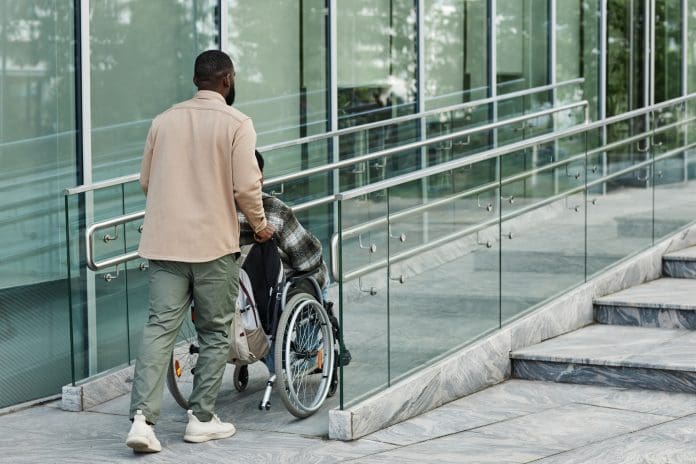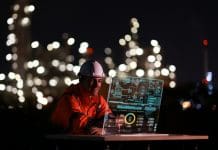About Access discusses the importance of considering the customer journey when evaluating the accessibility of buildings, emphasising the need to anticipate obstacles that may prevent people from navigating spaces effectively
We talk a lot about the customer journey because anticipating a person’s route through a building is the best way to identify any obstacles that might prevent them from getting where they want to be.
The process is far from straightforward because non-disabled people will not necessarily recognise and anticipate the features which can make the built environment inaccessible to others.
In addition, someone with a particular type of impairment, such as mobility, will not necessarily understand the accessibility needs of someone with a different condition, such as visual or hearing impairment.
Therefore, when following the customer journey around and inside a building, you should apply a pan-disability perspective, starting with the approach to the property.
If you don’t get it right, you risk ending up with something else, which we discuss a lot – an island of accessibility in a sea of inaccessibility.
Example: A customer who has booked a room in a country pub
Country pubs are generally older than modern hotels, and over the years, they are likely to have undergone various refurbishments that may have improved accessibility or hindered it.
That’s not to say modern hotels are always beacons of best practice.
As the hotel operator, your first question is how your guests make their way from their point of arrival – probably the car park – to the entrance.
Consider the answer to that, and you begin to put yourself in their position for the rest of their journey.
Imagining the customer journey
In a rural location, there is likely to be only one accessible entrance. It might be at the back, or if work has been done to make the front accessible, it might be there.
But it’s unlikely to be both, and the car park could be anywhere.
How do they then get to the reception point? How do you check in? Is there a dedicated desk, or do you just go to the bar? From there, where is your room, and what is the route like?
Are there stairs? If so, are they spacious or narrow? How steep? Are there any turns? Do the staff help with luggage, maybe walk the customer to the room? Or do they just indicate to people where it is?
Is there a lift? Is it of a suitable design and size?
Once you are in your room does it live up to expectations in terms of accessibility?
Assuming the room and the bathroom are accessible to your needs how do you then get to the bar and dining area?
Many pubs have split-level facilities, necessitating the use of steps. If there is a difference in level, does the accessible area offer the same standard of service, comfort, and décor as the inaccessible level?
Is there an accessible route to an accessible WC? And what happens if the fire alarm goes off? Whether you’re in a bar, bedroom, function room or wherever, how effective are the emergency evacuation routes for disabled people?
Many of these issues can be addressed in advance
Does the website provide accurate information about the room, enabling people to make an informed choice about whether it meets their needs before they book?
Does the hotel have an access statement to provide accurate information about accessibility?
The same requirements apply to a modern hotel
You might expect an up-to-date facility to be designed to the latest accessible standards, but we know from experience this isn’t always the case.
Where many operators fall is with features such as décor and finishes to walls, floors and other surfaces.
Some also fail to appreciate that the need for an accessible environment is also important to staff.
The customer journey should be considered across building types
The principles apply to other customer and visitor areas and workplaces.
Does the office or leisure centre have a car park? If so, how is it accessed? Is there a barrier, and do you have to use a proximity reader? Is it easy for people to operate if they only have one arm or are short in stature?
And how do you get from the parking bay to the entrance to the building? How accessible is the route for people arriving by public transport? Are the entrance doors to the building powered?
We’ve already mentioned lifts, which, if they are present, are obviously an important part of the journey to an employee’s workstation. Once there, an individual is likely to have to make multiple shorter journeys during their working day from their desk to the loo, meeting rooms, and rest and refreshment areas.
How accessible are all of those facilities? Can people reach the mugs and the other things they need to make a drink? If there’s a drinks machine does it have a touch screen?
These are micro-journeys that people encounter during their working day.
It’s essential that they are identified and understood, and it’s equally important that the return journeys are also accessible, so people can leave when they are ready.














